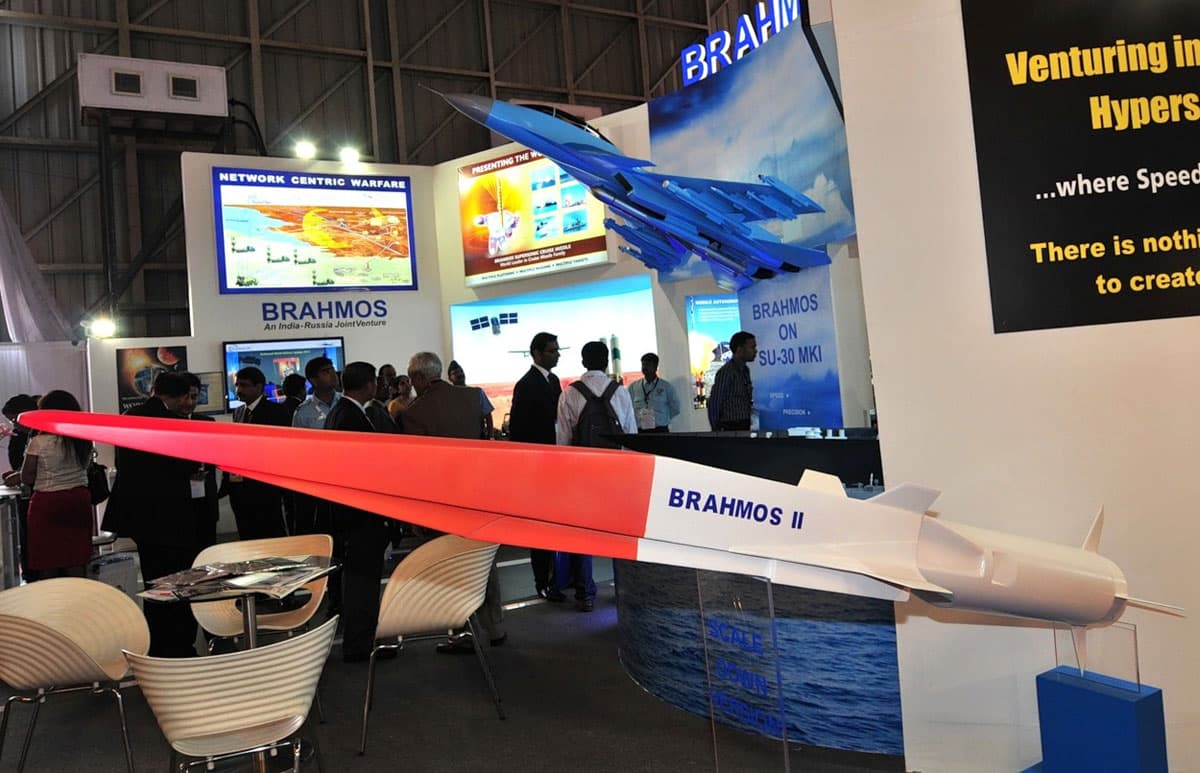SOURCE: IDRW.ORG

In a groundbreaking development for India’s defense capabilities, Dr. Sudhir Kumar Mishra, former Director General of the Defence Research and Development Organisation (DRDO) and former CEO & MD of BrahMos Aerospace, has hinted that the BrahMos-II hypersonic cruise missile will likely incorporate a cutting-edge scramjet engine developed indigenously by DRDO. This revelation follows DRDO’s recent successful ground test of a scramjet engine combustor, which ran for over 1,000 seconds on April 25, 2025, marking a significant milestone in India’s Hypersonic Cruise Missile Development Programme.
Speaking at the Powering Bharat Summit organized by Network18 on May 16, 2025, Dr. Mishra announced, “Two-three weeks back, we tested a hypersonic engine. Soon, we will come out with a hypersonic missile that will reach Mach 5 speed. All the technologies for BrahMos were developed in-house by DRDO, we even built the world’s largest launcher ourselves.” He emphasized the reliability and global competitiveness of India’s missile systems, noting that when other nations opt for Indian systems like BrahMos, “it means ours is the best.” .
The recent DRDO test, conducted at the Scramjet Connect Test Facility in Hyderabad by the Defence Research & Development Laboratory (DRDL), validated the design of a long-duration, actively cooled scramjet subscale combustor. Sustaining combustion for over 16 minutes—the longest reported scramjet test globally—the achievement showcases India’s advancements in thermal management, material durability, and combustion stability. The scramjet engine, designed for speeds exceeding Mach 5 (over 6,100 km/h), uses innovative flame stabilization techniques and an indigenous endothermic fuel, developed with industry partners, to enhance cooling and ignition. Advanced ceramic thermal barrier coatings (TBCs), capable of withstanding temperatures beyond steel’s melting point, further ensure the engine’s endurance under extreme hypersonic conditions.
Dr. Mishra highlighted the BrahMos missile’s proven track record, describing it as a “very potent universal weapon” that delivers unmatched precision and brute force, making it nearly impossible to intercept. With over 130 tests conducted, the BrahMos system—jointly developed by DRDO and Russia’s NPO Mashinostroyenia—has seen consistent improvements, establishing it as the world’s fastest supersonic cruise missile at Mach 3.5 with a range of up to 650 km. The BrahMos-II, expected to achieve speeds of Mach 7–8 and a range of 1,500 km, builds on this legacy, potentially drawing inspiration from Russia’s 3M22 Zircon missile while integrating DRDO’s scramjet technology.
The successful 1,000-second test positions India among global leaders in hypersonic technology, surpassing the U.S.’s 240-second X-51A flight and rivaling efforts by Russia and China. Dr. Mishra’s comments suggest that the BrahMos-II could leverage this indigenous scramjet, reducing reliance on Russian technology and enhancing India’s self-reliance. Posts on X reflect enthusiasm, with users projecting the BrahMos-II as a game-changer, potentially deployable within four years and capable of challenging adversaries like Pakistan and China.
The BrahMos program’s reliability, underscored by Dr. Mishra’s emphasis on quality over cost through a T1 (best technical offer) procurement approach, has bolstered the Indian Armed Forces’ confidence. With over 200 air-launched BrahMos-A missiles ordered for the IAF and recent naval contracts for 220 missiles, the system’s strategic importance is clear. The BrahMos-II, with its hypersonic capabilities, promises to cement India’s dominance in precision-strike warfare, aligning with Dr. A.P.J. Abdul Kalam’s vision for a market-leading hypersonic missile.
NOTE : Article cannot be reproduced without written permission of idrw.org in any form even for YouTube Videos to avoid Copy right strikes. Websites doing illegal reproductions will get DMCA and Legal Notices.